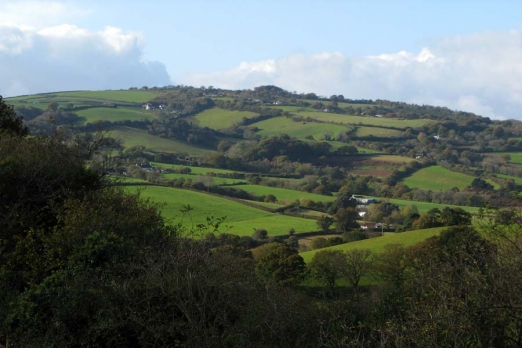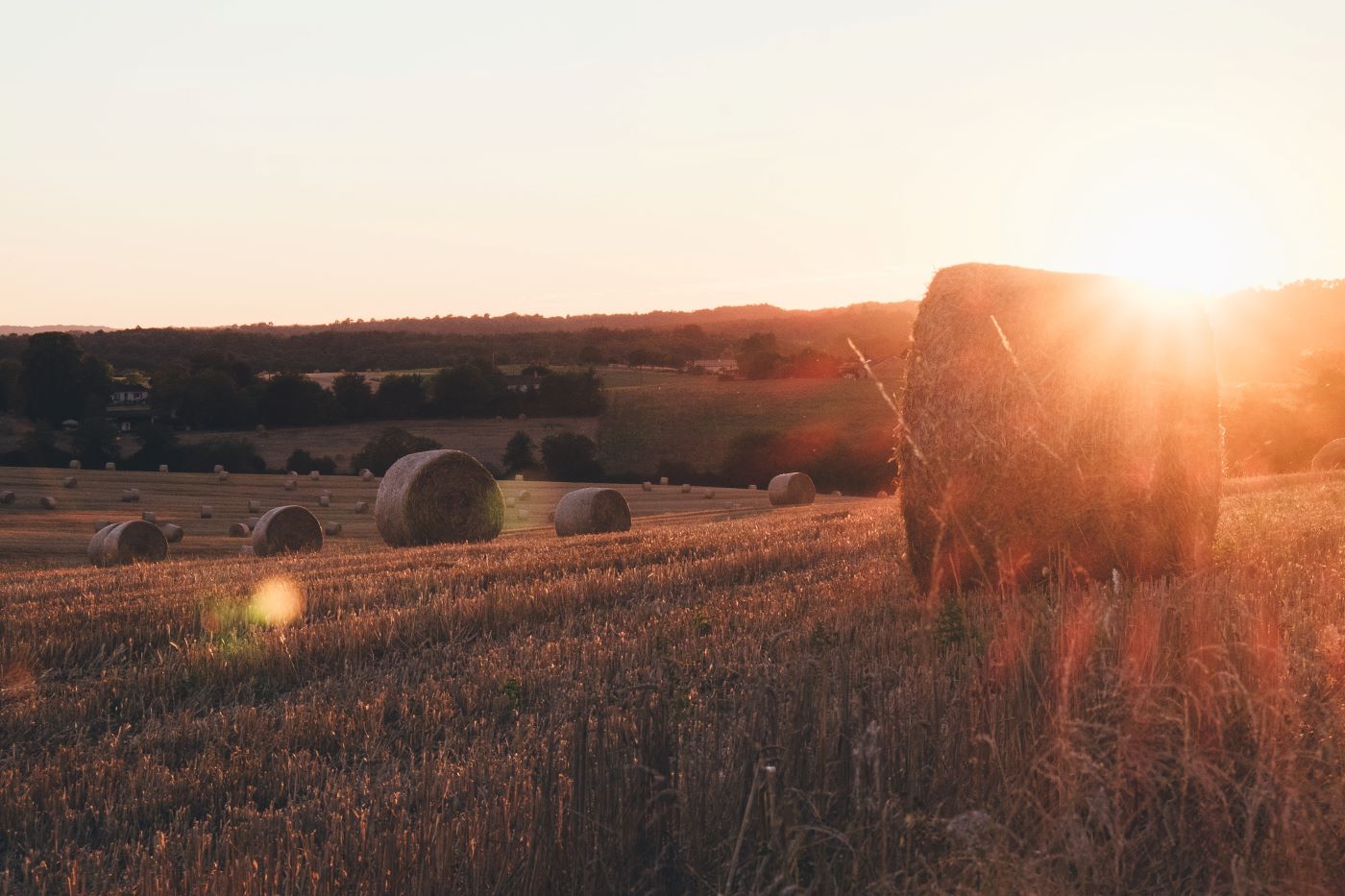Hedgerows are particularly important to wildlife – the rare hazel dormouse relies on hedgerows, as do many farmland birds. They also quietly help their local environment by preventing fields from losing soil, because they reduce wind and water erosion, and regulating the water supply for crops. In towns and cities hedgerows provide sustainable drainage, reduce the amount of air pollution and provide a habitat for urban wildlife. Hedgerows also play a role in reducing the rate of climate change, for example each kilometre of a new hedgerow may store 600-800 kg of carbon dioxide equivalent per year, for up to 20 years.
From 1870 until 1945 there was very little change in the extent of hedges. Aerial photographs from 1940 show a comprehensive network of them across much of the country, even in arable areas. But, between 1950 and 1975, the loss of hedgerows became one of the most shocking and visible aspects of damage to the English countryside. Since then, tens of thousands of kilometres of hedges have been taken out.
Although many farmers look after their hedges, changes in the nature of farming have been one of the major causes of the disappearance of hedgerows across the countryside. Roads and development, particularly on the edge of towns and villages, are the two other main causes of hedgerow loss.
Incredibly, hedgerows weren’t given protection until the Hedgerows Regulations were introduced in 1997. These regulations provided the first legal protection for ‘important’ hedgerows. Broadly, a hedgerow is considered important if it is over 20 metres long, at least 30 years old and is home to a certain number of plant or animal species. Its historical significance and whether it contains features like a hedge bank, ditch or tree are also taken into account. The Hedgerows Regulations require local authorities to be notified by the owner if he or she wants to remove any countryside hedgerow over 20 metres in length, or one that joins another hedgerow.
Unfortunately, a hedge can only be protected by the Hedgerows Regulations if the owner puts in an application to remove it. The local authority may only refuse removal if the hedgerow is classed as important and even those that are deemed important can be removed because planning permission for development overrides their protection.
CPRE recognises that the landscape is subject to a continual process of change, which reflects the varying economic and social influences of the present as well as the past, and that hedgerows are both destroyed and created in that process. We agree that not all hedgerows are sacrosanct but believe that robust protection should be available for those considered most valuable for their environmental, landscape, cultural or historic interest. We also think that the public should have the chance to express their views when hedgerows are under threat.




